Utrera, Home of Flamenco and Fighting Bulls
To the southeast of Seville, sits the town of Utrera in the La Campiña region. A unique destination to experience its history, art and culture. It is one of the oldest towns in Seville province, dating back to the Roman period. Owing to the quality of the olive trees and vineyards, the Romans called it ‘Utrer’, the place of oils and wines. You will be impressed by its rich historical heritage –medieval ruins, Gothic churches and noble palaces, haciendas and farmhouses–, which together define the town’s personality.
Utrera has always had an agricultural and livestock tradition. Would you like to see a Spanish purebred horse? Come and visit one of Utrera’s stud farms, internationally renowned for their unique horses. However, what sets Utrera apart is its bullfighting legacy. This is where the stockbreeding of fighting bulls originated. That is why it is known as the Cradle of Fighting Bulls.
Furthermore, this unique city on the lower Guadalquivir is the birthplace of some of the greatest, world-renowned flamenco performers. Enrique Montoya, the sisters Fernanda and Bernarda, and the unmatched Bambino, the founder of modern Rumba, were born and raised in Utrera, among other popular flamenco singers. Stroll through the streets and take in the art of its people in any old tavern. Only then will you understand why Utrera is the Historical Cradle of Flamenco.
Of course, you must try the famous mostachón de Utrera, a delicious flat sponge cake typical of the town, which you can enjoy any time, every day of the year.
Come and experience Utrera, a corner of Andalusia with myriad attractions waiting to be discovered.
Getting to Utrera
If travelling by car from Seville, take the A-376 motorway to your destination.
By train, you can take the C1 line from Santa Justa Station in Seville, which stops in Utrera. If you decide to travel by bus, the M-221 line from Seville will take you to Utrera.
Getting around
Stroll through the old town to discover every corner of Utrera. If you prefer not to walk, you can use the city bus. The bus company Los Amarillos has two lines that service the whole city.
Reasons to visit
- Visit the Consolation Church and discover the first statue of the Virgin Mary that attracted the largest pilgrimage in Spain, forbidden in the eighteenth century.
- Enjoy the ringing of the bells at Santiago el Mayor Church during local festivities, a fascinating event with over 600 years of history. They are true acrobats of the air.
- Visit Utrera’s taverns and listen entranced to the flamenco songs performed spontaneously.
- Ride a unique, world-famous Spanish purebred horse in Utrera’s stud farms.
- Visit one of the sizeable fighting-bull breeding farms in Utrera to learn about the history of the Fighting Bull.
- Celebrate Andalusia Day differently in Utrera with the traditional bicycle rally through the town.
- Sample the delicious local cuisine with traditional dishes like the cola de toro and potaje gitano.
- Try the mostachón de Utrera, a traditional sweet that has made the town famous.
- Enjoy flamenco at the town’s two famous festivals, ‘El Potaje de Utrera’ in June and ‘El Festival del Mostachón’ in autumn.
What to see
If you want to gain insight into Utrera’s rich architectural heritage, start your visit at Plaza Gibaxa, where the Town Hall stands. You will be amazed by its unique building, the former palace of the Count of Vistahermosa. He established the first fighting-bull breeding farm in Spain. Walk around its spectacular rooms, each with a different decoration and theme.
You will see the post office in the corner. It has a memorial tablet in honour of two great playwrights who were born there, the brothers Serafín and Joaquín Álvarez Quintero. Utrera is a land of artists, as you will find out as you meander through its streets. Continue towards Santa María de la Mesa Church, named so because it sits on a plateau-shaped hill. Unlike churches in other places, this medieval church’s tower is in the centre, a feature common to all Gothic churches in Utrera.
Just a five-minute walk away is another area with outstanding buildings. You can visit Santiago Church, where the bell-ringers are quite a remarkable sight on feast days. Opposite the street is the Carmelite Convent, where you can buy delicious confectionery. If you get lucky, you will even hear them sing. Rumour has it that they have celestial voices. Nearby is the Plaza de la Constitución, where Enrique Montoya, the great flamenco singer’s statue stands. This spot is well-loved by the people of Utrera because the tribute to the local artist was backed by popular demand. There are other statues across the town dedicated to Bambino, the sisters Fernanda and Bernarda and Enrique Morante.
The Arab Castle also towers over this neighbourhood. The Interpretation Centre in the Homage Tower provides insight into Utrera’s medieval history. If you wish to see a somewhat unusual place, go to the Callejón del Niño Perdido in the heart of the old town. This charming alley is in the old Jewish quarter and is one of the most photographed spots.
To finish this tour, visit the Sanctuary of Nuestra Señora de Consolación, where the statue of Utrera’s patron saint is kept. The pilgrimage in her honour drew the largest crowds in Spain, until King Carlos III banned it, as he considered it unmanageable. Nonetheless, many devotees continue to pray for miracles. Interestingly, tradition has it that the gold ship in her hand was donated by the crew of a boat that she saved from sinking. The seafarers who sailed from Seville to the New World in the sixteenth century were deeply devoted to Utrera’s Our Lady of Consolation. This is why she is considered the first seafaring religious icon on land.
Places to visit
- Former Cavalry Barracks
- Holy Trinity Chapel
- Dolores Chapel
- Saint Bartholomew Chapel
- Saint Francis Chapel
- Carmen Chapel
- Former palace of the Count of Vistahermosa, now the Town Hall
- Former Palatial Home of the Marquis of Tous, now the Palace of Culture
- Baroque-style stately homes, scattered across the city
- La Purísima Concepción Convent
- The Castle and Interpretation Centre
- Holy Resurrection Hospital
- Santa María de la Mesa Church
- Santiago el Mayor Church
- Niño Perdido and old Jewish quarter
- Ponce de León Manor
- Walled Compound
- Sanctuary of Ntra. Sra. de Consolación
- Windmill towers - Vicente Giráldez Street, Ponce de León Street, Casa Alhóndiga (the most beautiful), Preciosa Street and Sacramento Street
- Hermanos Álvarez Quintero Legacy Museum
- La Cuadra Municipal Theatre
- Plaza del Altozano and the old Market
- Plaza de Enrique de la Cuadra
- Cristo de los Afligidos Park
- Statue of Fernanda and Bernarda, in front of the old market building
- Consolación Park and monument to the Álvarez Quintero brothers
- 1864 Railway Station
- San Juan Bosco Statue and, opposite, the Salesian School, the first in Spain, founded in 1881
- Bambino statue, at a roundabout
- Torre del Águila Reservoir (navigable in summer and also suitable for fishing)
- Enrique Morante Statue
- Ocho Caños Fountain
- Brazo del Este Natural Park
- Complejo Endorreico de Utrera Nature Reserve
Surroundings
Utrera is 32 kilometres southeast of Seville in the La Campiña region. Its municipal district sits within the Brazo del Este Natural Park and the Complejo Endorreico de Utrera Nature Reserve.


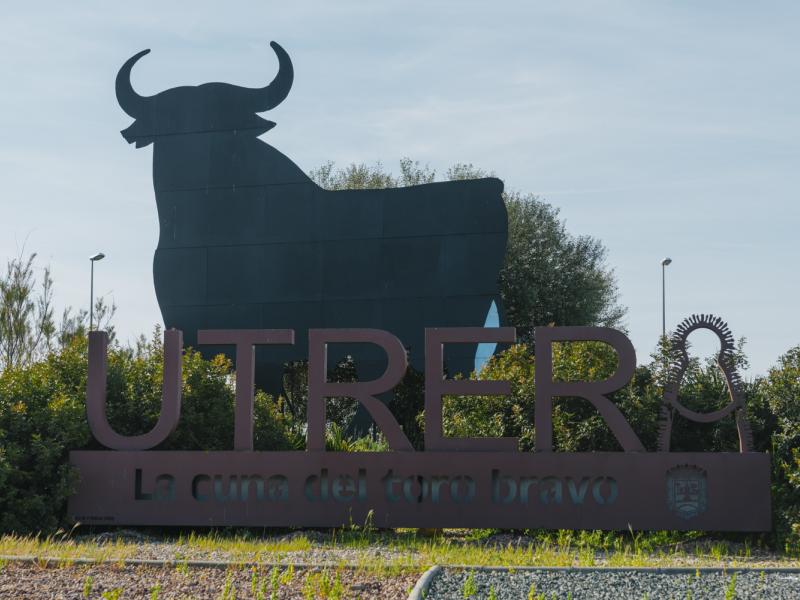
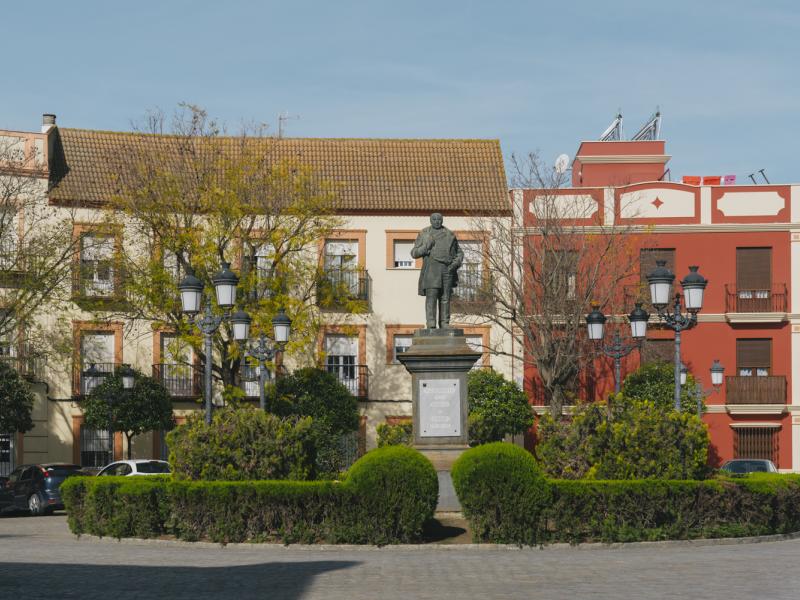
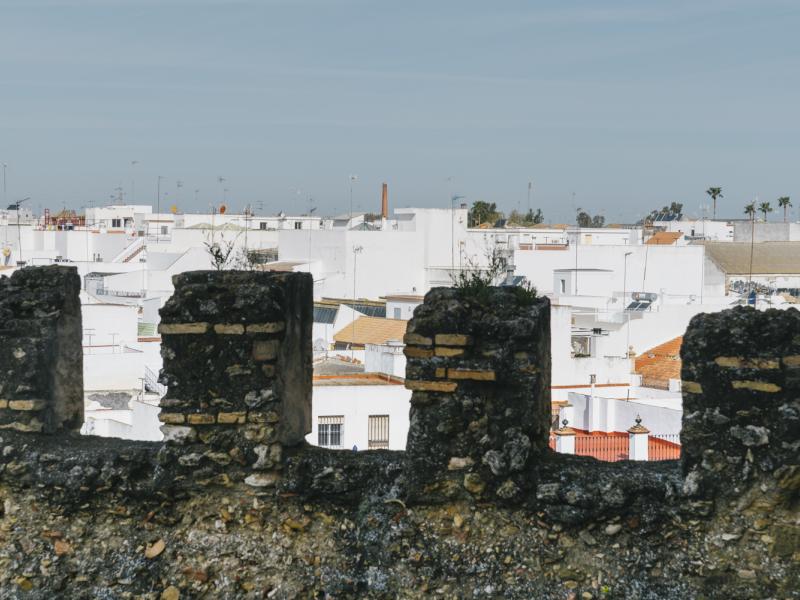
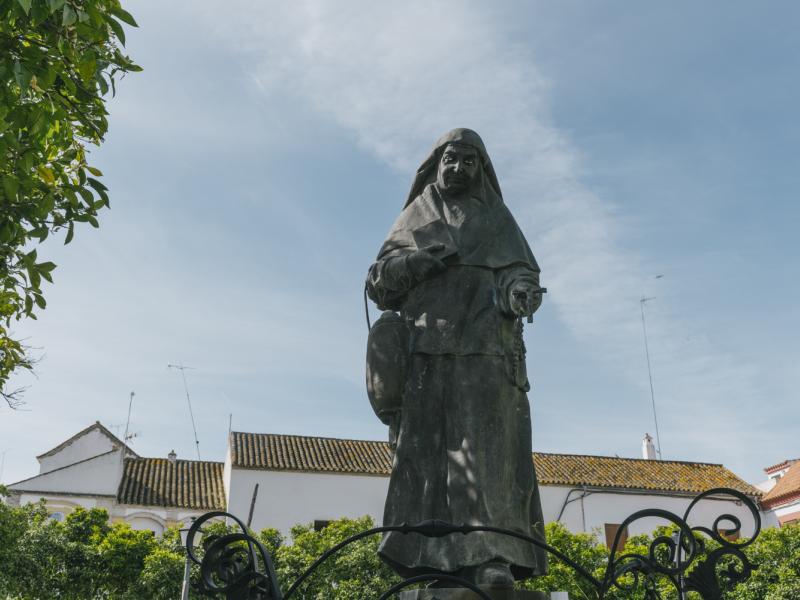
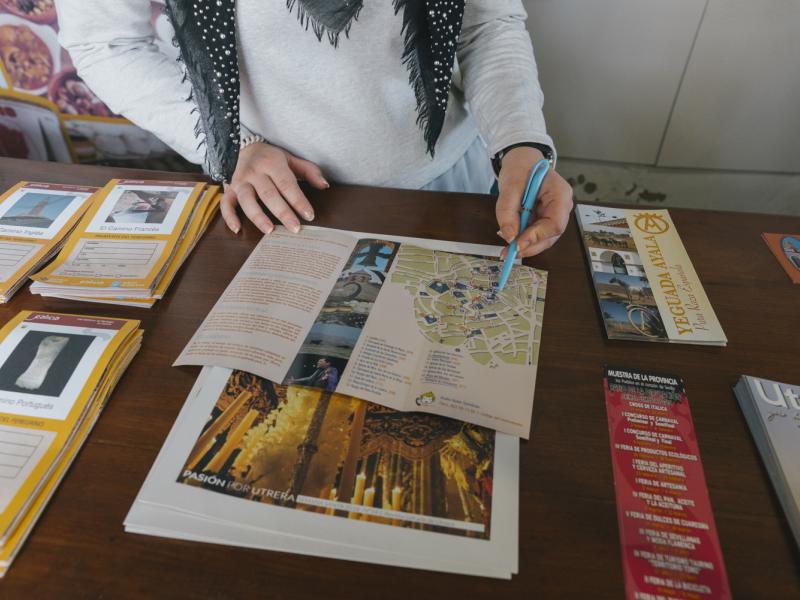
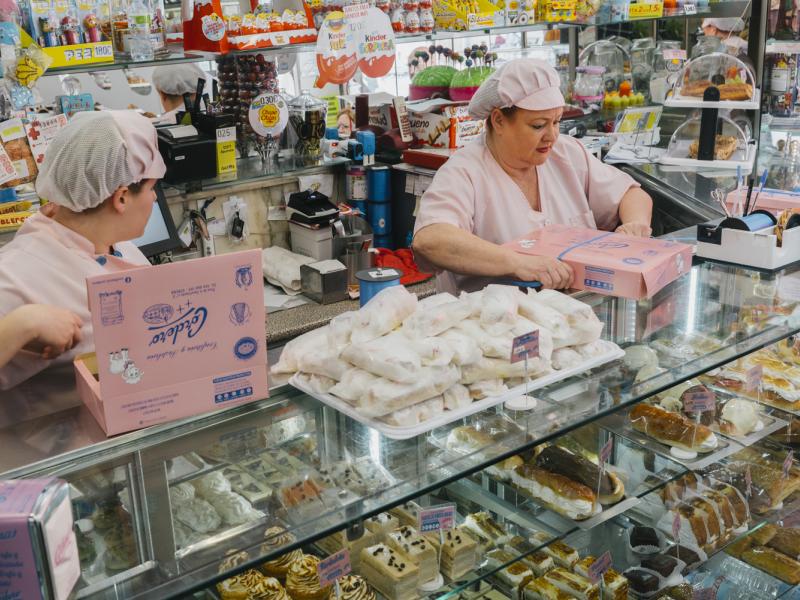
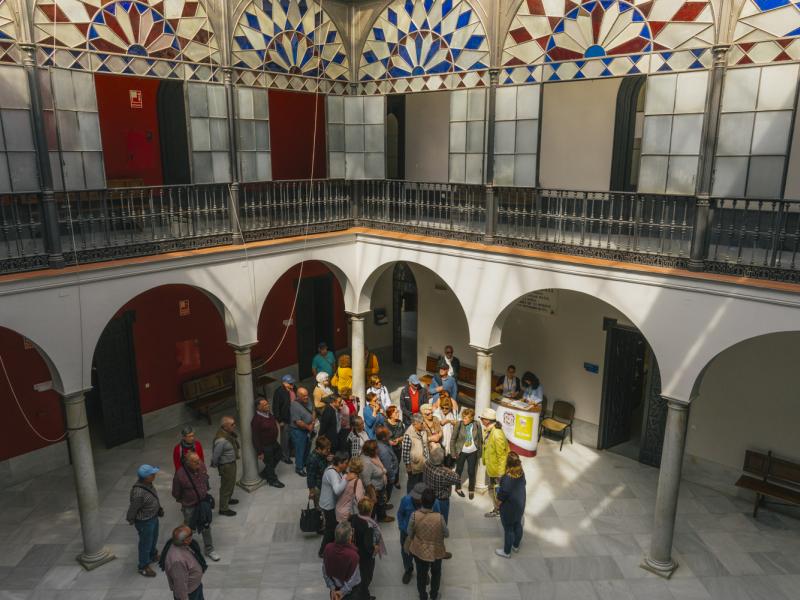
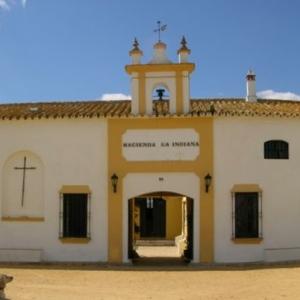
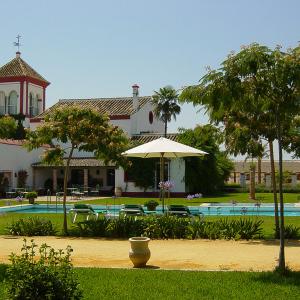
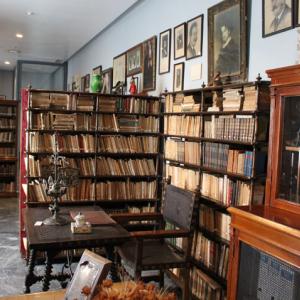
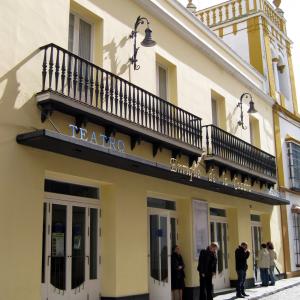
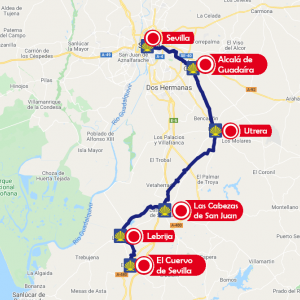
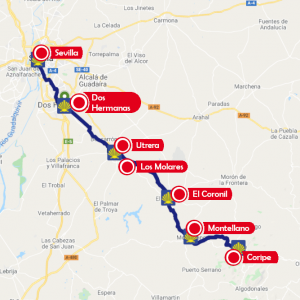
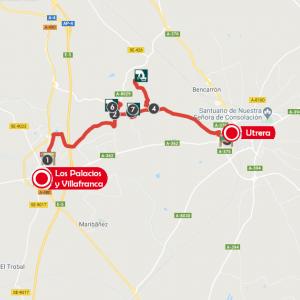
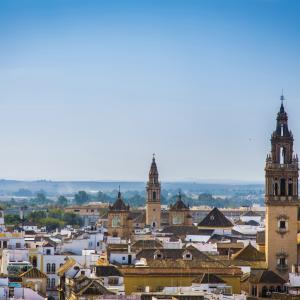
0 comments
New comment
The comments are moderated, so it takes a while to appear. If they contain offensive language they will not be published.